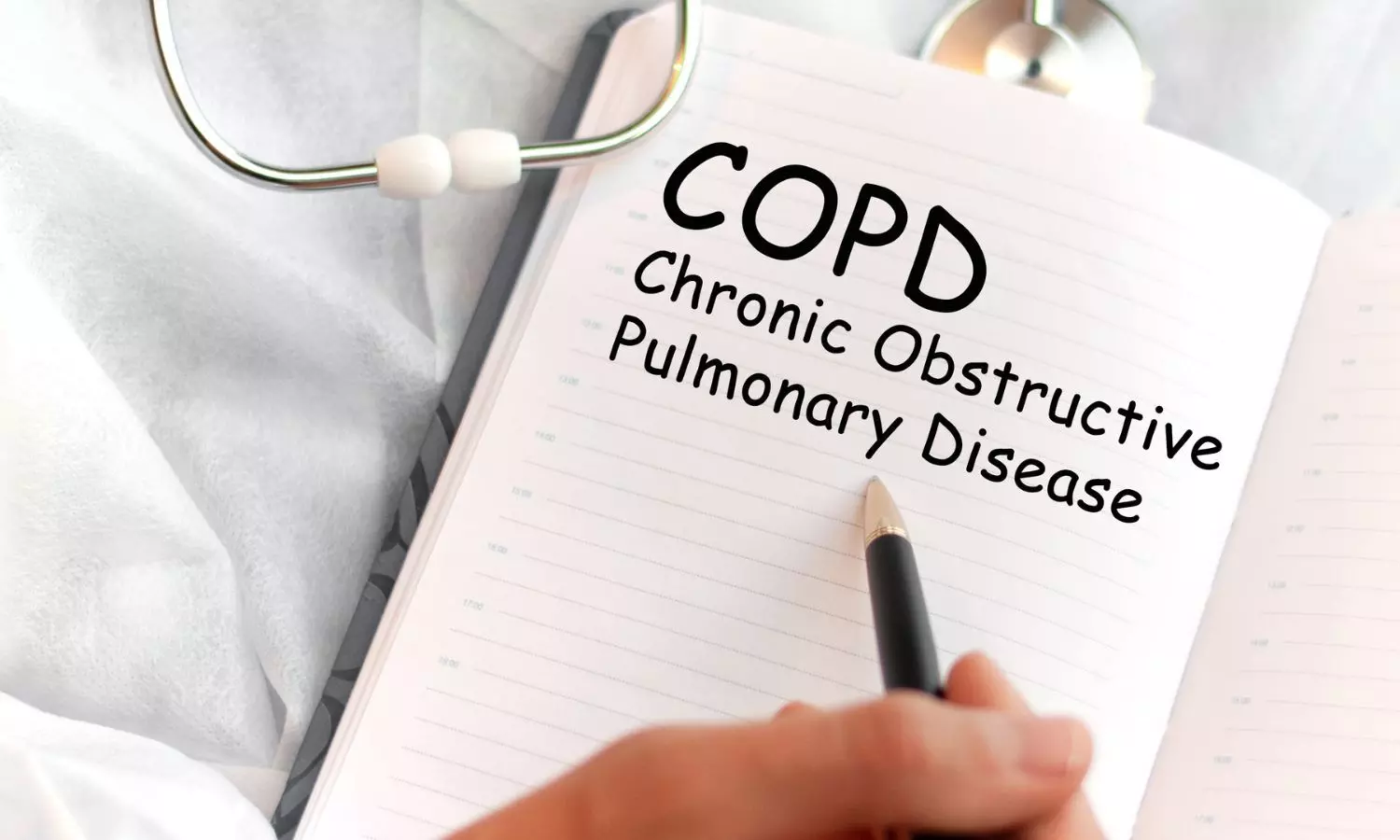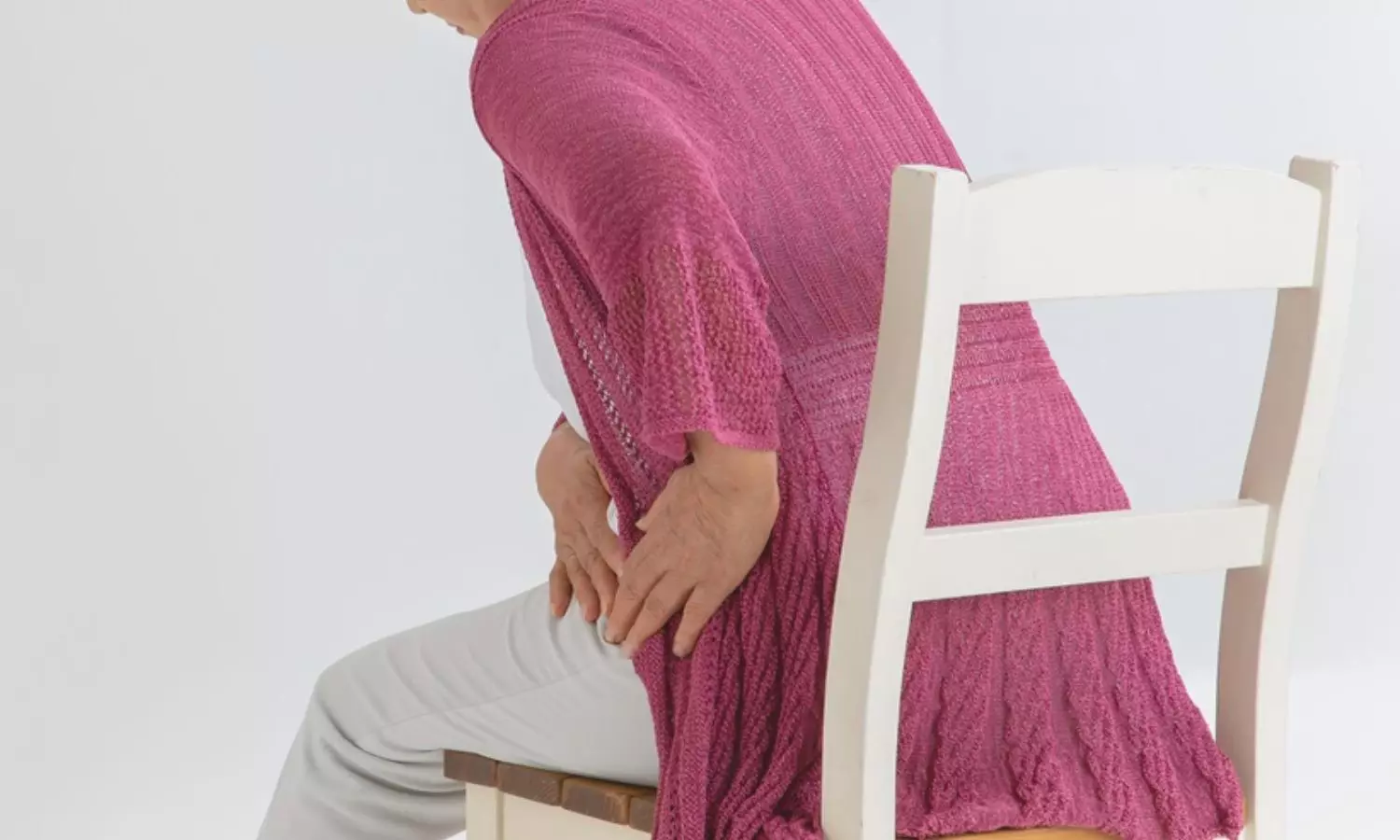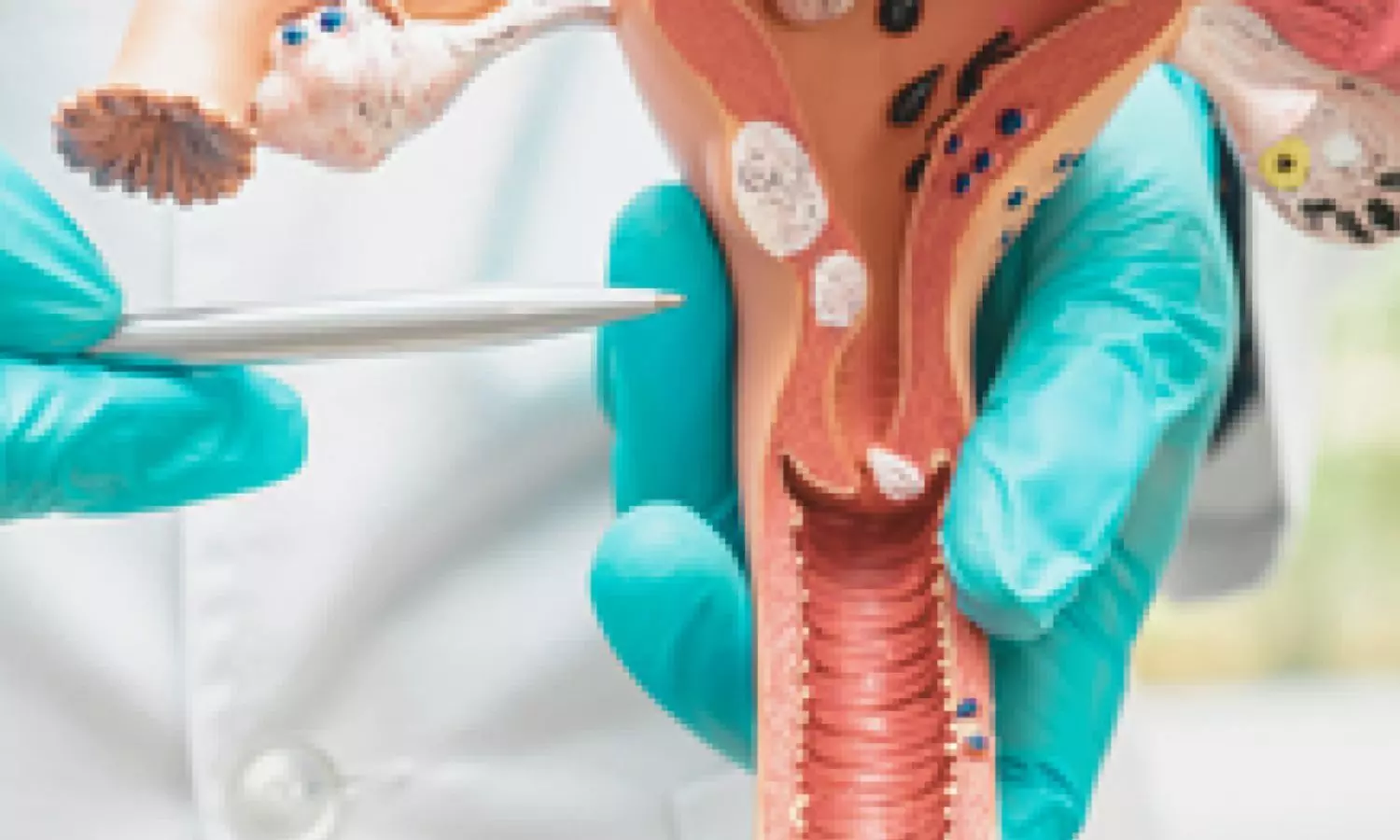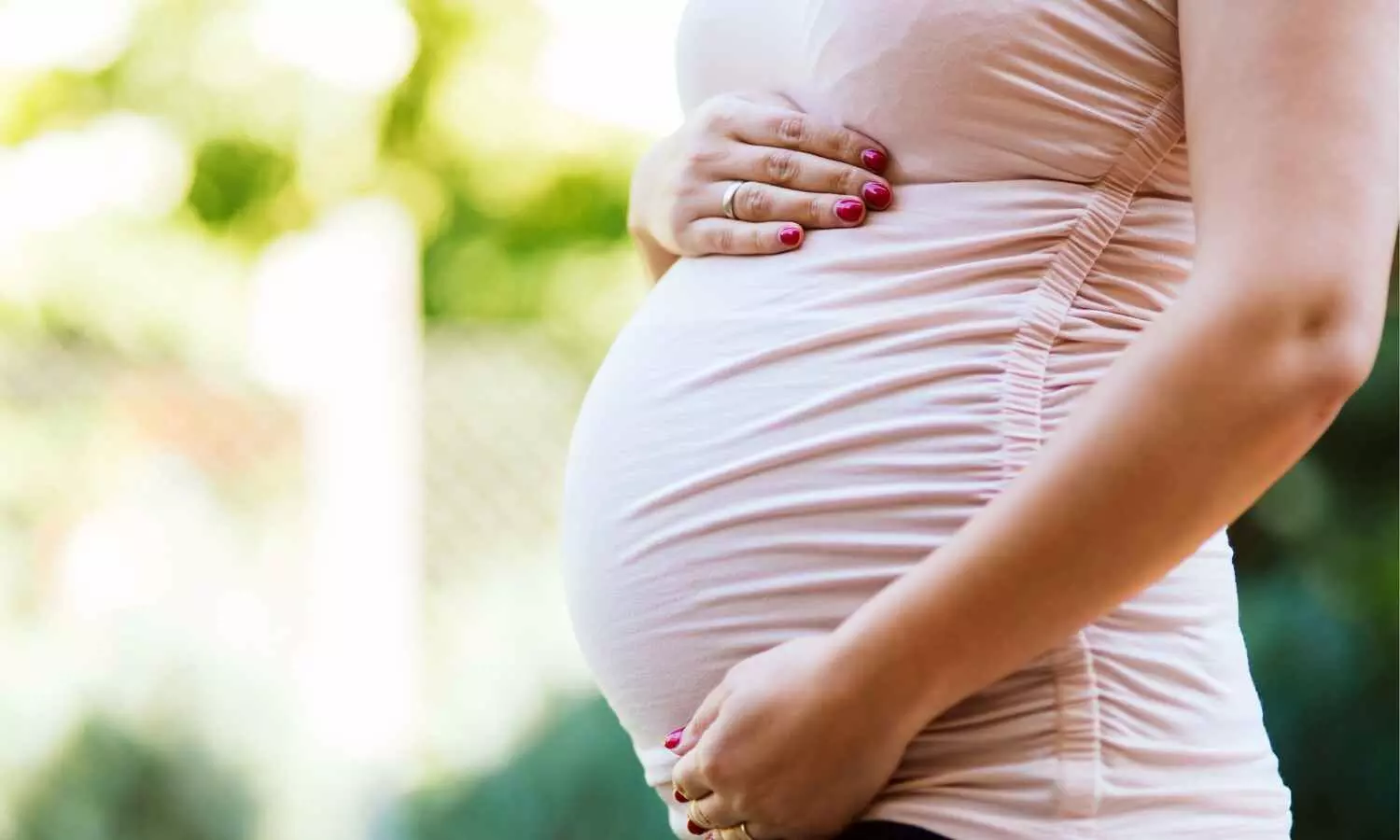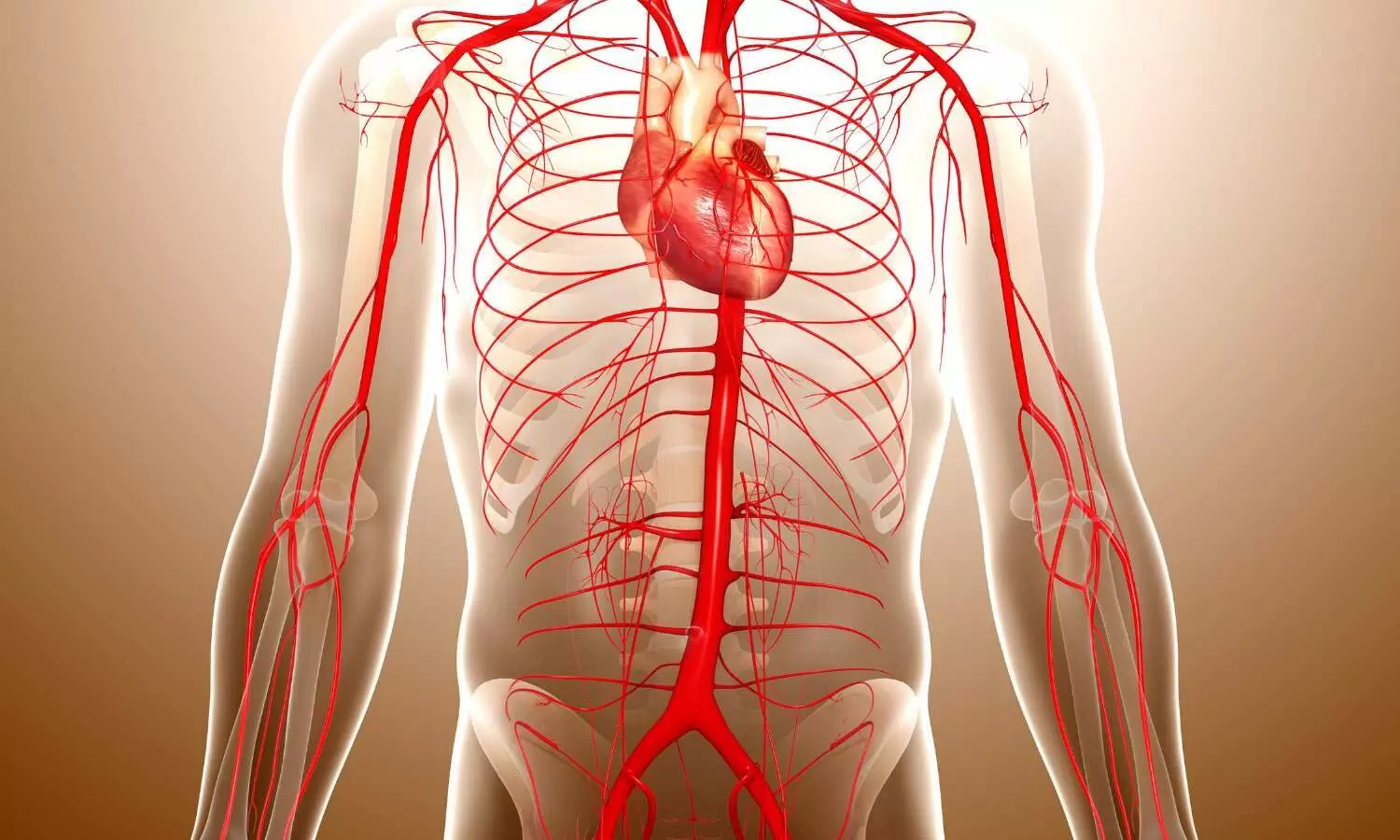The US Food and Drug Administration (FDA) has Approved first and only self-collection At-Home Cervical Cancer Screening Device. Patients can now collect cervical cancer screening samples themselves at home using a newly approved device. According to manufacturers, the device is as accurate as traditional screening methods.
Teal Health®, a women’s health company on a mission to eliminate cervical cancer, today announced the Food and Drug Administration’s (FDA) approval of the Teal Wand™, the first and only at-home vaginal sample self-collection device for cervical cancer screening in the United States. Cervical cancer screenings, commonly referred to as the Pap smear, are critical to a woman’s health, but they are inconvenient and uncomfortable for most.
Now women have a new way to screen that is as accurate as going to the doctor’s office, comfortable, and done from home. The Teal Wand is a prescription device that will soon be available at getteal.com for individuals aged 25–65 at average risk. The at-home screening includes both the Teal Wand collection kit and an end-to-end telehealth service providing virtual access to Teal medical providers who prescribe the kit, review the results from the lab, and support women throughout their at-home screening experience.
Cervical cancer is one of the only cancers that is almost entirely preventable with regular screening, yet more than 1 in 4 women in the U.S. are behind. Whether it’s because a woman can’t get time off work, is unable to find an available appointment, or avoids the discomfort of an in-clinic exam, Teal can provide a comfortable and convenient option. The Teal Wand is a preferred alternative, one that has been built with empathy, is driven by science, and designed to make screening easy, so that more women can take control of their health on their own terms.
“As a mom and a woman, I get how easy it is to put your own health last,” said Kara Egan, CEO and Co-Founder of Teal Health. “That’s why this FDA approval means so much; it’s not just about an innovative new product, it’s about finally giving women an option that makes sense for their lives – something that can be done quickly and comfortably at home. Because when we make care easier to get, we help women stay healthy, for themselves and for the people who rely on them every day.”
With the Teal Wand, women are testing a sample for HPV (human papillomavirus), the virus that causes nearly all cervical cancers, using the same highly accurate HPV test that medical guidelines recommend and providers use in the clinic – cobas® HPV from Roche. The Teal Wand simply provides a different method of sample collection. Cervical cancer screening has evolved from the Pap smear to HPV primary screening. HPV primary screening demonstrates higher sensitivity compared to the Pap test to identify women who may be at risk of cervical cancer. With this FDA approval, women can use the same test as the doctor’s office, with the same accuracy, but collect their own sample from the privacy of their home, the sample is then conveniently shipped to a certified lab for processing.
Teal Health’s FDA approval was supported by their SELF-CERV study, the largest U.S.-based comparative study of its kind. The study confirmed that self-collected samples using the Teal Wand have the same performance as clinician-collected samples, proven to detect cervical precancer 96% of the time, and that the Teal Wand is a much preferred experience. Study participants reflected the racial, ethnic, and socioeconomic diversity of the U.S. population, underscoring Teal Health’s commitment to clinical excellence, equity, and inclusivity in women’s health research.
Notably, 86% of participants said they’d be more likely to stay up to date with cervical cancer screening if they could do it at home, and 94% said they would prefer to self-collect at home with the Teal Wand if they knew it was accurate. The clinical performance and preference for the Teal Wand, alongside Teal’s comprehensive telehealth service, highlight the potential of at-home self-collection to expand access to high-quality cervical cancer screening and improve outcomes.
“As a Principal Investigator in the SELF-CERV trial, I saw firsthand how receptive and excited women were to use the Teal Wand. Cervical cancer is largely preventable, yet screening rates in the U.S. continue to lag, and the FDA approval of this at-home Teal Wand self-collection device is a critical step forward. It offers an evidence-based way to expand access without compromising accuracy.” Said Dr. Christine Conageski, Associate Professor, OB-GYN and Director of the Complex Dysplasia Clinic at the University of Colorado, “But access is only part of the solution. Comprehensive screening must go hand in hand with structured, reliable follow-up. That’s why Teal Health’s approach to not only advancing screening technology but also providing education and support to women through every step of their care and follow-up journey is crucial. That’s how we ensure this breakthrough truly closes the gap.”
With FDA approval in hand, Teal Health is moving quickly to get the Teal Wand to as many women as possible. Kits become available in June, starting in California and expanding nationwide as soon as possible thereafter. Teal is working with major insurance providers and plans to have flexible payment options, helping to remove financial concerns and ensuring more women have access to this preferred at-home screening if they want it.
“The FDA prioritized the review of at-home self-collection, recognizing its potential to increase cervical cancer screening adherence, as emphasized in the recent USPSTF (United States Preventive Services Task Force) draft guidelines,” said Trena Depel, Teal Health’s VP of Clinical, Regulatory, and Quality. “After awarding the Teal Wand Breakthrough Device Designation, the FDA stayed committed to a timely review, leading to approval of a technology that delivers meaningful performance, benefits, and choice. This isn’t just a win for Teal—it’s a win for every woman who deserves a rigorously tested and FDA reviewed at-home cervical cancer screening option.”
The approval of the Teal Wand and the shift toward at-home cervical cancer screening signals a new era in healthcare, one designed around women’s comfort, control, and real-life preferences. Join the waitlist at getteal.com to be the first to know when Teal Health expands to your state. Waitlisters get early access to updates and availability.


